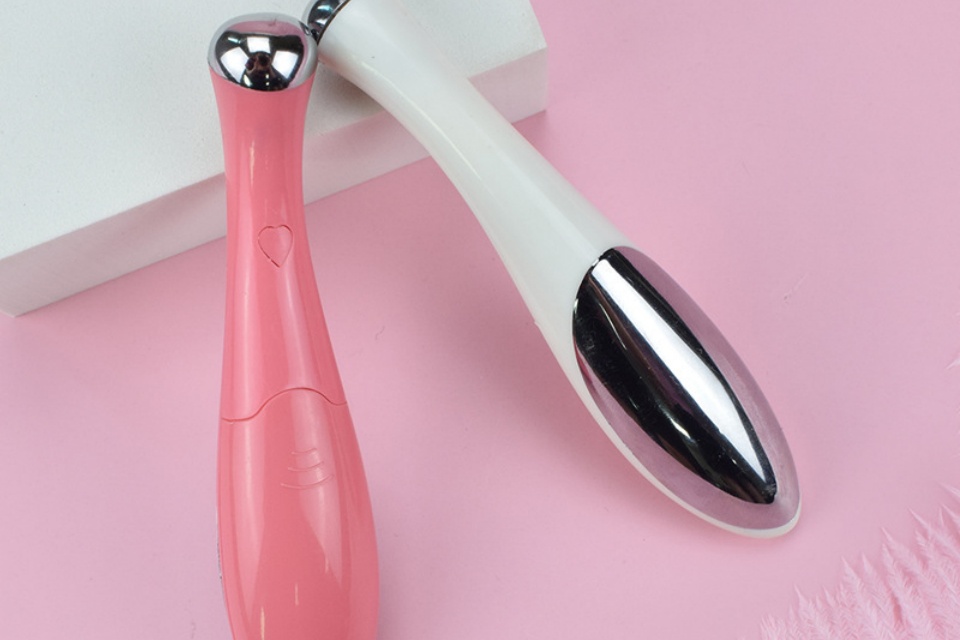Comparing Heat Eye Device And Vibration Device And Microcurrent Eye Tools
Summary
Heat eye devices, vibration devices, and microcurrent eye tools are therapeutic technologies designed to alleviate discomfort and promote health in the delicate eye area. Each device type employs distinct mechanisms: heat eye devices deliver controlled warmth to relieve conditions like dry eye syndrome and eye strain, vibration devices stimulate the ocular surface to enhance circulation, and microcurrent tools utilize low-level electrical currents to improve muscle tone and reduce symptoms such as puffiness and fatigue associated with digital eye strain (DES). These devices have gained attention in both wellness and medical circles for their potential benefits and growing popularity in self-care routines.
The notable effectiveness of these devices is often examined through comparative analysis, particularly concerning their impact on dry eye disease (DED) and related symptoms. Heat eye devices have been shown to improve the function of meibomian glands, critical for maintaining tear film stability, while vibration devices may provide immediate relief by facilitating tear release and enhancing blood flow. Microcurrent eye tools target inflammation and promote cellular repair, presenting a novel approach to eye care. Despite promising initial results, ongoing research is essential to validate the long-term efficacy and safety of these technologies, as well as to differentiate their comparative benefits and drawbacks.
Research methodologies have employed robust assessment tools, such as Comprehensive Meta-Analysis and PRISMA guidelines, to synthesize data across various studies, evaluating outcome measures like Meibomian Glands Yielding Liquid Secretion (MGYLS) and Tear Break-up Time (TBUT). However, limitations, including small sample sizes and heterogeneity in study designs, may impact the generalizability of findings and warrant cautious interpretation of the results.
Controversies remain regarding the optimal use and effectiveness of these devices, as the scientific community continues to debate their relative merits. As consumers increasingly turn to these technologies for eye care, further rigorous studies are needed to confirm their benefits, establish best practices, and address the varying claims surrounding their use in promoting eye health and alleviating discomfort.
Heat Eye Devices
Heat eye devices are designed to provide therapeutic warmth to the delicate eye area, aiding in the relief of various conditions such as dry eye syndrome, eye strain, and irritation. These devices typically utilize controlled heating mechanisms to deliver moist or dry heat, helping to alleviate discomfort and improve overall eye health.
Vibration Devices
Vibration devices have gained recognition in the wellness and medical communities for their potential health benefits. They can be categorized into whole-body vibration (WBV) devices, such as vibration plates, and focal vibration devices, which include wearable options.
Microcurrent Eye Tools
Microcurrent eye tools utilize low-level electrical currents to stimulate the muscles and skin around the eyes, aiming to improve aesthetics and address various eye-related issues. These devices work by delivering microcurrents, which are believed to enhance muscle tone and promote blood circulation in the area, potentially reducing symptoms such as puffiness and fatigue associated with prolonged screen time and digital eye strain (DES).
Comparative Analysis
Methodology Overview
In the comparative analysis of heat eye devices, vibration devices, and microcurrent eye tools, various methodologies were employed to assess their effectiveness in managing conditions such as dry eye disease (DED). Comprehensive Meta-Analysis version 3.3 was utilized to synthesize data across studies, applying a random-effects model to derive pooled estimates expressed as mean differences (MDs) with 95% confidence intervals (CIs). The analysis included a variety of outcome measures, such as Meibomian Glands Yielding Liquid Secretion (MGYLS) scores, Tear Break-up Time (TBUT), Ocular Surface Disease Index Score (OSDI), and Lipid Layer Thickness (LLT).
Effectiveness of Devices
Heat Eye Devices
Heat eye devices are designed to warm the meibomian glands, which play a crucial role in maintaining the lipid layer of the tear film. This warming facilitates the secretion of oils, thereby improving tear stability and reducing symptoms associated with DED. Early studies have indicated that heat application can enhance gland function and potentially lead to improved ocular comfort.
Vibration Devices
Vibration devices, on the other hand, primarily focus on stimulating the ocular surface and the surrounding tissues. They aim to enhance blood circulation and facilitate the release of tears. While some studies suggest that these devices may provide immediate relief from symptoms of DED, there is limited long-term evidence to confirm their sustained effectiveness and safety.
Microcurrent Eye Tools
Microcurrent eye tools operate by delivering low-level electrical currents to the ocular area, purportedly promoting cellular repair and reducing inflammation. These tools target inflammatory mediators that contribute to the symptoms of DED, offering a novel approach to treatment. Although initial results are promising, further research is required to establish definitive conclusions about their efficacy in comparison to traditional methods.
Comparative Outcomes
When comparing the overall effectiveness of these devices, it is essential to note the methodological quality of the studies reviewed. Robust risk-of-bias assessment tools were utilized, including the ROBINS-I and Robvis 2.0 tools, to evaluate both randomized and non-randomized studies. This comprehensive methodology followed PRISMA guidelines and allows for a more nuanced understanding of the devices’ impacts.
Limitations
Despite the strengths of the systematic review, notable limitations were identified. The number of studies included in the meta-analysis was relatively small, potentially limiting the power and generalizability of the findings. Additionally, heterogeneity in the study designs and patient populations may have contributed to variability in the results observed across the different devices evaluated.
 English
English Español
Español Português
Português Pусский
Pусский Français
Français Deutsch
Deutsch 日本語
日本語 한국어
한국어 Italiano
Italiano عربى
عربى


